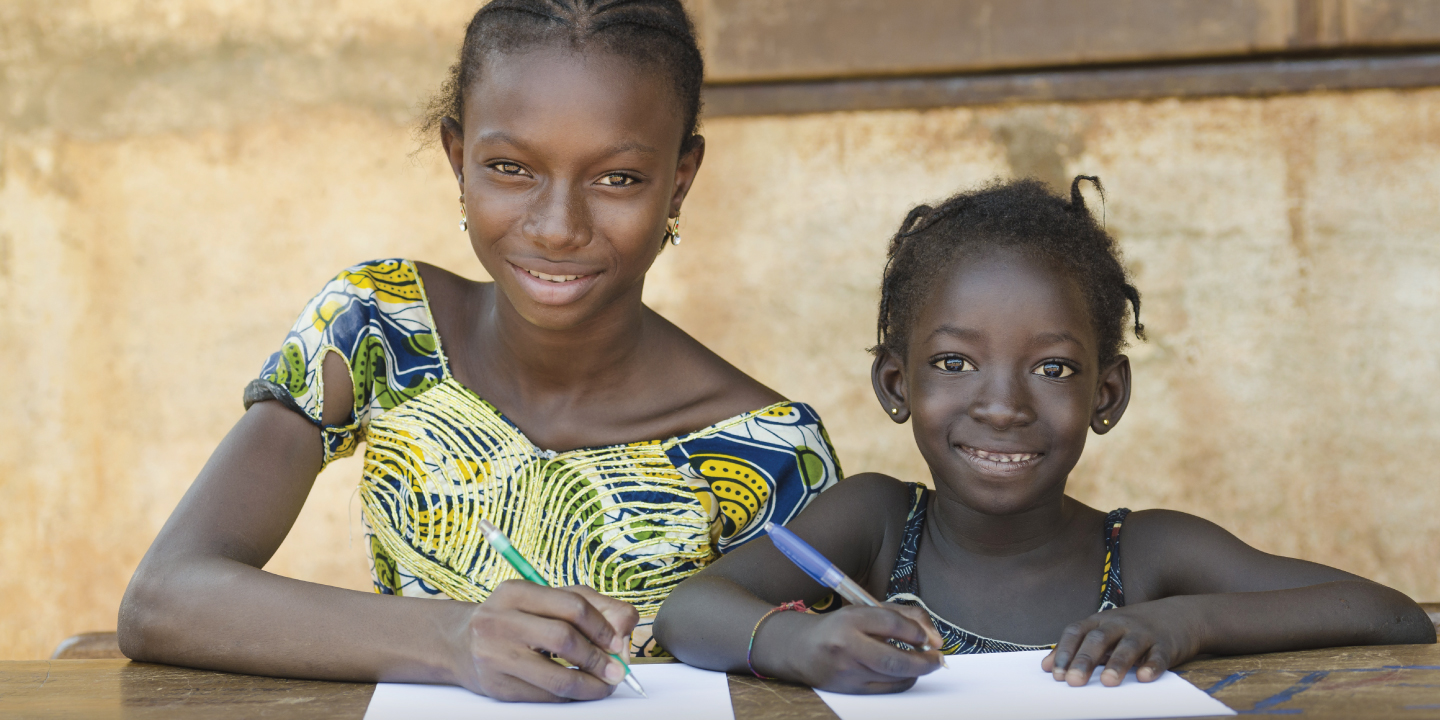
Improving girls’ educational and employment opportunities in Zambia
ACER news 26 Oct 2021 6 minute readACER has conducted an endline evaluation of the Zambian Girls 2030 programme, which promises path breaking policy changes for the nation.
The Zambian Girls 2030 programme is an initiative of the Ministry of General Education (MoGE), Government of the Republic of Zambia, aimed at the holistic growth and development of the girl child. Findings from the ACER evaluation will inform the Ministry’s expansion of the programme in order to achieve better educational and employment outcomes for Zambian girls, and in turn realise the country’s vision of becoming a prosperous middle-income nation.
Supported by the United Nations Children’s Fund (UNICEF) and Restless Development, the programme works through the Zambian school system, and orients young and adolescent girls and boys on aspects related to education, health, financial literacy, career choices, and entrepreneurship. The objectives of the programme are achieved through three key interventions: school-level career clubs, district-level career camps, and corporate internships.
The programme has been implemented between August 2016 and December 2018 in the districts of Mungwi, Luwingu, Mbala, and Mpulungu in the Northern Province and Pemba, Sinazongwe, Namwala, and Monze in the Southern Province. Twenty-five schools have been covered in each of these districts.
ACER evaluated the programme against the OECD-DAC criteria of effectiveness, efficiency, relevance, sustainability, and equity. The COVID-19 restrictions resulted in the planned evaluation being delayed by over a year and a half. Now that the evaluation is complete, the findings will be useful for MoGE during the scale-up phase of the programme.
One of the objectives of the programme was to support MoGE’s efforts in reducing the dropout rates of the girl child, particularly from Grade 7 upwards, and promote readmission of girls who had left school on account of pregnancy, poverty, or other reasons. Our evaluation found the programme to be highly effective in raising awareness about the importance of schooling for girls, their careers and economic independence.
Several parents reported having been approached by heads of schools and community leaders to readmit their girls in schools after they had dropped out. There were instances where a community leader had enquired with parents to understand the reasons behind their ward for not attending the school regularly. The programme has been successful in creating a triad of heads of schools, parents, and community leaders who worked as a team to ensure that girls were in school and continued learning. A mother whose child was a student at Naakasangwe (Monze) stated,
‘…when a child falls pregnant they are counselled by the guidance (teacher) to say this is not the end of the road…the journey is still there…they will be encouraged to come to school until that time when they see that she can’t manage because she is now tired…they will be guided and counselled and once they accept and they deliver they will come back to school…’
Career clubs, career camps, and corporate internships were effectively integrated. Girls performing well in the school-level clubs were selected through a rigorous process for career camps and internships. The internships were found to be extremely useful by participating girls, although they found the duration of two weeks to be short – a thought echoed by MoGE staff and corporate leaders alike.
The evaluation found two key issues that needed to be addressed. One was the requirement of additional funds to sustain initiatives like career camps and internships. The other was the need for an age-appropriate curriculum in financial literacy. There were instances where the heads of schools and teachers pointed to a paucity of funds for the programme. On the other hand, the curriculum for financial literacy was common for all grades, putting the lower grade learners at a disadvantage, who found the contents difficult to comprehend. Both the issues were included in the policy recommendations to MoGE.
Overall, the evaluation found the programme to be relevant to the Zambian context where teenage pregnancies and child marriages were still high, and the transition rates from Grade 7 upwards were low and with significant dropout rates. In 2018, the transition rate for girls from Grade 7 to 8 was 70.0 per cent, which further dropped to 49.2 per cent from Grade 9 to 10. As per MoGE data for 2018, girls were two or three times more likely than boys to drop out of school. These figures, coupled with discussions with parents and girls emphasise the importance of programmes like the Zambian Girls 2030. A parent whose child studied at a school in Masamba (Mbala) shared,
‘…I have seen a lot of benefits (of the programme), when my child came back from Lusaka, she was very happy and told me she had learnt a lot. She even told me that she wouldn’t get married until she finished school because we saw a lot of things in Lusaka, we even went to the National Assembly. She wants to study and pursue the career she wants to; she reads the books she was given…she even teaches her younger siblings about what they learnt at the national assembly. I saw that she learnt the value of school...’
Since the Zambian Girls 2030 was implemented through the government’s own school system, it is inherently sustainable, as it has the ownership of the Ministry as well as the key stakeholders, such as heads of schools and teachers. At the same time, the simplicity of the interventions makes them easily replicable. Therefore, programmes like this have the potential of being reproduced in developing and underdeveloped countries with similar socio-economic and demographic profiles, and comparable development challenges.